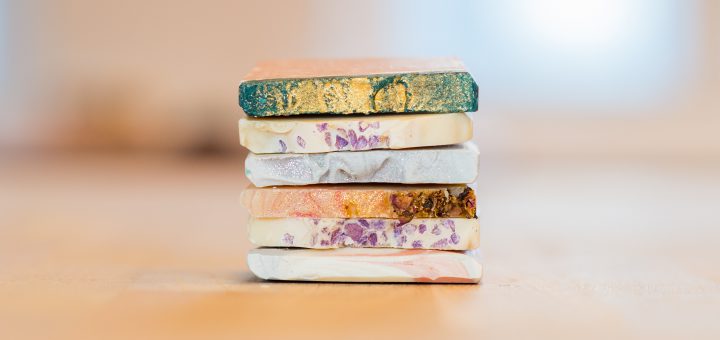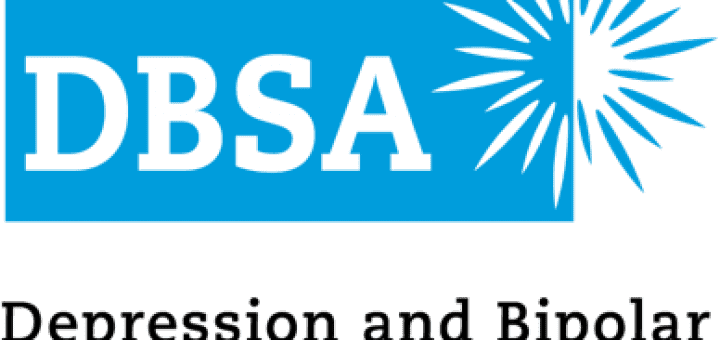SOVA Blog
Keeping Track of the Good Things (to you!)
We all have different things that bring us joy – animals, good food, the weather, your favorite clothes – the list can go on forever.
Navigating Social Media in the New Year
There are always common types of resolutions that are made as the new year begins. One such resolution is to use social media less (ironically, you may have seen someone say this on social media).
‘Tis the Season
Another year has flown by and we find ourselves in the swing of the holiday season. Christmas and New Years are quickly approaching and with those holidays, comes increased stress.
Giving Back
There are going to be a lot of chances to reflect and give back during the holiday season. While reflecting and giving back can be done on a very personal level, such as evaluating how the past year has gone and what can change in the upcoming new year, or participating in local food and gift drives at school or work.
Coping with Celebrity Deaths
The blog post includes mentions of suicide, death, and drug addiction. Please read with caution if any of these items triggers or upsets you.
Four Christmas Gifts that Promote Self-Care
With the holiday season in full swing, you may be stumped on what to get your friends and family members. I think gifts should show people you care about them, help bring out the individuality of the receiver and bring joy well after the holiday season.
Maintaining Personal Hygiene During a Depressive Episode
One of the less commonly talked about aspects of mental illness is maintaining personal hygiene—more specifically, the inability to do so.
Meditation
A few months ago, my anxiety was at a peak. I was dealing with stress and dissatisfaction at my job and was stressing over money after having just moved. I’ve been a regular yoga practitioner for years, but never got much out of the meditation side of it. But I needed something to calm me down.
The Depression and Bipolar Support Alliance
According to the Depression and Bipolar Support Alliance (DBSA), over 21 million Americans are affected by mood disorders including depression and bipolar disorder.











Recent Comments